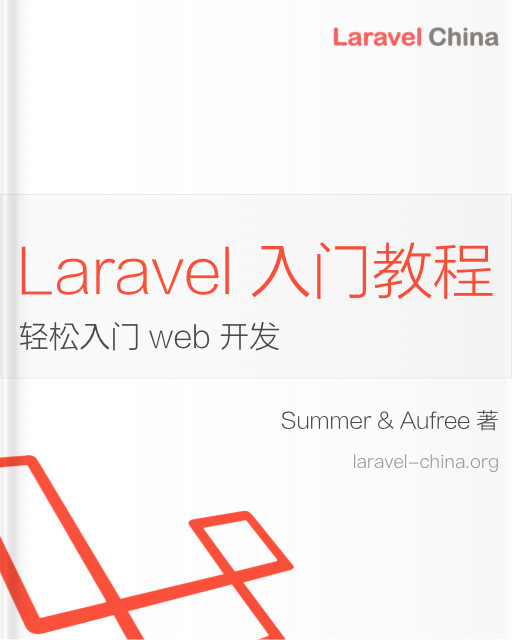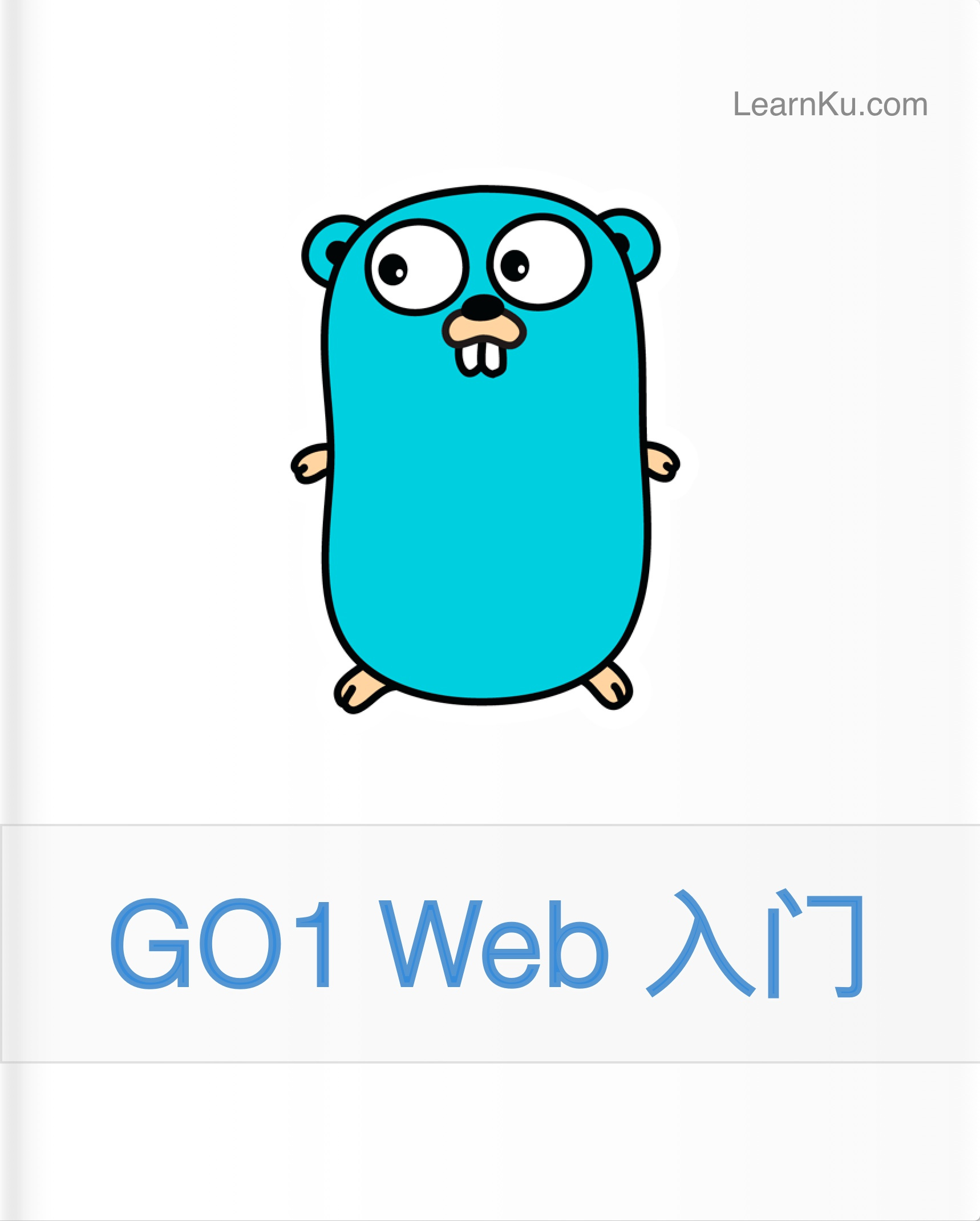Actions 本文未发布 发布文章
Definition & Principles
Read the section in the Porto SAP Documentation (#Actions).
Rules
- All Actions MUST extend
App\Ship\Parents\Actions\Action.
Folder Structure
- app
- Containers
- {container-name}
- Actions
- CreateUserAction.php
- DeleteUserAction.php
- ...Code Sample
Delete User Action:
<?php
namespace App\Containers\User\Actions;
use Apiato\Core\Foundation\Facades\Apiato;
use App\Containers\User\Models\User;
use App\Ship\Parents\Actions\Action;
class CreateAdminAction extends Action
{
/**
* @param string $email
* @param string $password
* @param string $name
* @param bool $isClient
*
* @return \App\Containers\User\Models\User
*/
public function run(string $email, string $password, string $name, bool $isClient = false): User
{
$admin = Apiato::call('User@CreateUserByCredentialsTask', [
$isClient,
$email,
$password,
$name
]);
Apiato::call('Authorization@AssignUserToRoleTask', [$admin, ['admin']]);
return $admin;
}
}Note: instead of passing these parameters
string $email, string $password, string $name, bool $isClient = falsefrom place to another over and over. Consider using the Transporters classes (simple DTO’s “Data Transfer Objects”), for more details read the Transporters Page.
Injecting each Task in the constructor and then using it below through its property is really boring and the more Tasks you use the worse it gets. So instead you can use the function call to call whichever Task you want and then pass any parameters to it.
The Action itself was also called using Apiato::call() which triggers the run function in it.
Refer to the Magical Call page for more info and examples on how to use the call function.
Same Example using the call function:
<?php
namespace App\Containers\User\Actions;
use App\Containers\User\Tasks\DeleteUserTask;
use App\Ship\Parents\Actions\Action;
class DeleteUserAction extends Action
{
public function run($userId)
{
return Apiato::call(DeleteUserTask::class, [$userId]); // <<<<<
}
}Example: Calling multiple Tasks:
<?php
namespace App\Containers\Email\Actions;
use App\Containers\Xxx\Tasks\Sample111Task;
use App\Containers\Xxx\Tasks\Sample222Task;
use App\Ship\Parents\Actions\Action;
class DemoAction extends Action
{
public function run($xxx, $yyy, $zzz)
{
$foo = Apiato::call(Sample111Task::class, [$xxx, $yyy]);
$bar = Apiato::call(Sample222Task::class, [$zzz]);
// ...
}
}Action usage from a Controller:
<?php
//...
public function deleteUser(DeleteUserRequest $request)
{
$user = Apiato::call(DeleteUserAction::class, [$request->xxx, $request->yyy]);
return $this->deleted($user);
}
//...The same Action MAY be called by multiple Controllers (Web, Api, Cli).

 Apiato - 完美的 Laravel API 框架
Apiato - 完美的 Laravel API 框架



 关于 LearnKu
关于 LearnKu




推荐文章: